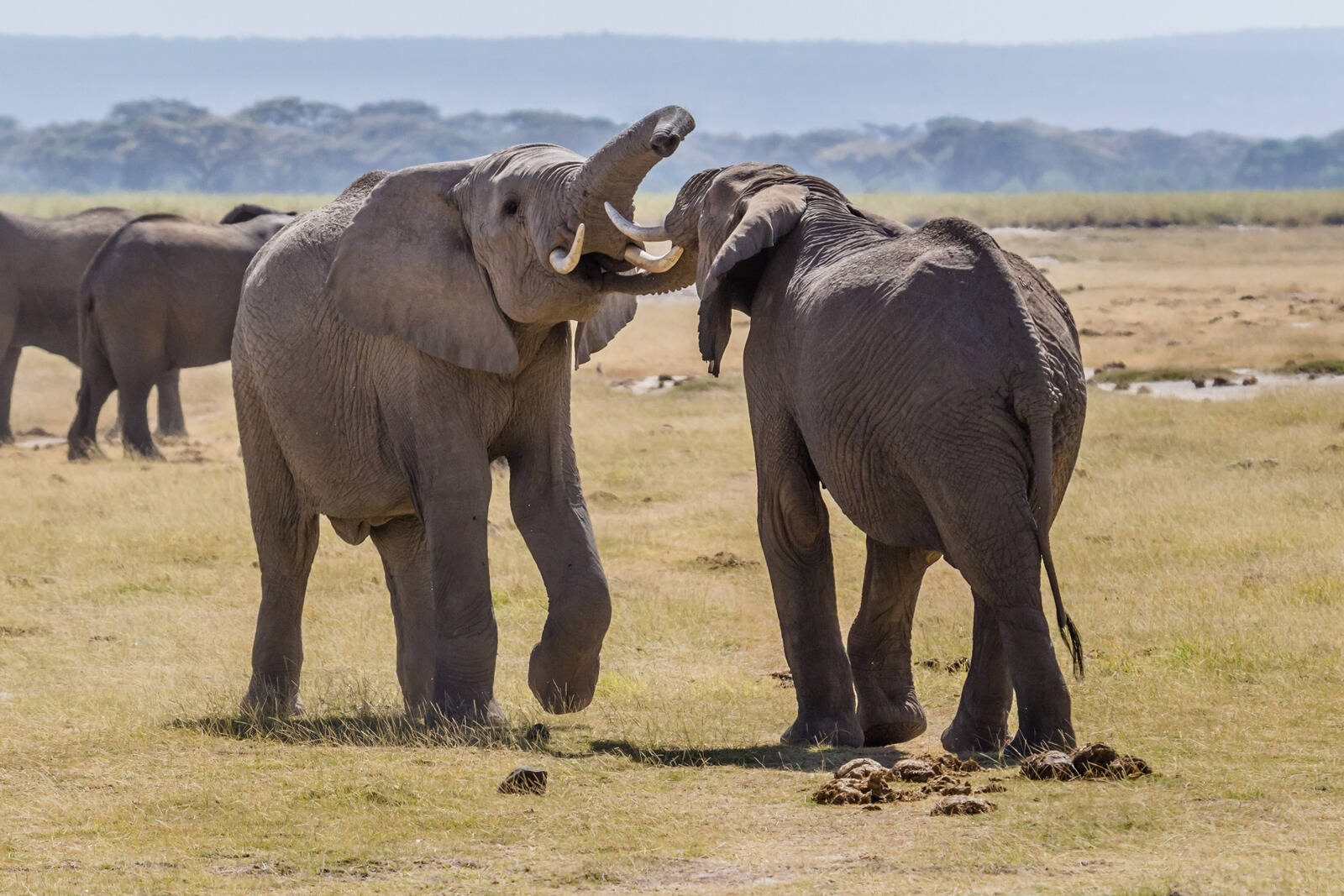
Reproductive behavior in animals is a fascinating subject that reveals the incredible diversity of life on Earth. From the elaborate dances of birds to the complex mating rituals of insects, these behaviors ensure the survival of species. Did you know that some animals go to extreme lengths to attract a mate? For instance, male peacocks display their vibrant feathers, while bowerbirds build intricate nests decorated with colorful objects. In the ocean, certain fish change gender based on environmental conditions. Understanding these behaviors not only helps us appreciate nature's wonders but also provides insights into the evolution of species. Let's dive into 25 intriguing facts about reproductive behavior that will leave you amazed!
Key Takeaways:
- Courtship rituals in the animal kingdom are like elaborate performances to attract mates, from peacock's tail displays to penguin's unique songs.
- Animals have fascinating mating strategies, like male anglerfish becoming parasitic mates and female praying mantises eating their partners for nutrients.
Courtship Rituals
Courtship rituals are fascinating behaviors animals use to attract mates. These rituals can be elaborate, involving dances, songs, or displays of physical prowess.
- Male peacocks fan their iridescent tail feathers to attract females.
- Bowerbirds build intricate structures, called bowers, decorated with colorful objects to impress potential mates.
- Some species of fireflies use bioluminescent light patterns to communicate and attract mates.
- Male seahorses perform a dance with their tails intertwined with females to strengthen their bond before mating.
- Emperor penguins sing unique songs to find and recognize their mates among thousands of others.
Mating Strategies
Different species have evolved various mating strategies to ensure the survival of their offspring. These strategies can be influenced by environmental factors, competition, and the need for genetic diversity.
- Female praying mantises sometimes eat their mates after copulation, providing nutrients for egg production.
- Male anglerfish attach themselves to females, becoming parasitic and providing sperm whenever needed.
- In some bird species, males form leks, or communal display grounds, where they compete for female attention.
- Male lions often form coalitions to take over a pride and gain mating rights with the females.
- Some frogs use vocalizations to attract females, with louder and more complex calls being more attractive.
Parental Care
Parental care is crucial for the survival of many species. Different animals have developed unique ways to protect and nurture their young.
- Male seahorses carry fertilized eggs in a specialized pouch until they hatch.
- Female octopuses guard their eggs diligently, often sacrificing their own lives in the process.
- Emperor penguin fathers incubate eggs on their feet, keeping them warm with a flap of skin called a brood pouch.
- Cichlid fish carry their eggs and young in their mouths to protect them from predators.
- Some bird species, like the killdeer, perform broken-wing displays to distract predators from their nests.
Reproductive Adaptations
Reproductive adaptations help animals maximize their chances of successful reproduction. These adaptations can be physical, behavioral, or physiological.
- Kangaroos have the ability to pause their pregnancies during unfavorable conditions, a process called embryonic diapause.
- Male bees, or drones, die immediately after mating due to their reproductive organs being torn off.
- Female sharks can store sperm for several years, allowing them to fertilize eggs when conditions are optimal.
- Some species of lizards can reproduce through parthenogenesis, a form of asexual reproduction where females produce offspring without mating.
- Male cuttlefish can change their appearance to mimic females, allowing them to sneak past larger males and mate with females.
Unique Reproductive Behaviors
Some animals exhibit truly unique reproductive behaviors that set them apart from others. These behaviors can be surprising and sometimes even bizarre.
- Female hyenas have pseudo-penises, which they use for urination, mating, and giving birth.
- Male dolphins form alliances to court and mate with females, often working together to isolate a female from her group.
- Some species of spiders perform elaborate dances and offer gifts, such as wrapped prey, to entice females.
- Male pipefish carry eggs on their bodies, providing oxygen and protection until they hatch.
- Female bonobos engage in sexual activities with multiple partners, using sex as a means of social bonding and conflict resolution.
Fascinating World of Reproductive Behavior
Reproductive behavior in animals is a captivating subject. From the intricate dances of birds to the unique mating rituals of insects, nature never ceases to amaze. These behaviors ensure the survival of species and showcase the diversity of life on Earth. Understanding these patterns helps scientists learn more about evolution, adaptation, and the balance of ecosystems.
For instance, the peacock's elaborate tail display isn't just for show; it's a crucial part of attracting a mate. Similarly, the complex courtship songs of whales play a significant role in their reproductive success. Each species has evolved its own strategies, reflecting the incredible variety of life forms.
By studying these behaviors, we gain insights into the natural world and our place within it. So next time you observe an animal, remember there's often more going on than meets the eye. Nature's wonders are truly endless.
Frequently Asked Questions
Was this page helpful?
Our commitment to delivering trustworthy and engaging content is at the heart of what we do. Each fact on our site is contributed by real users like you, bringing a wealth of diverse insights and information. To ensure the highest standards of accuracy and reliability, our dedicated editors meticulously review each submission. This process guarantees that the facts we share are not only fascinating but also credible. Trust in our commitment to quality and authenticity as you explore and learn with us.
